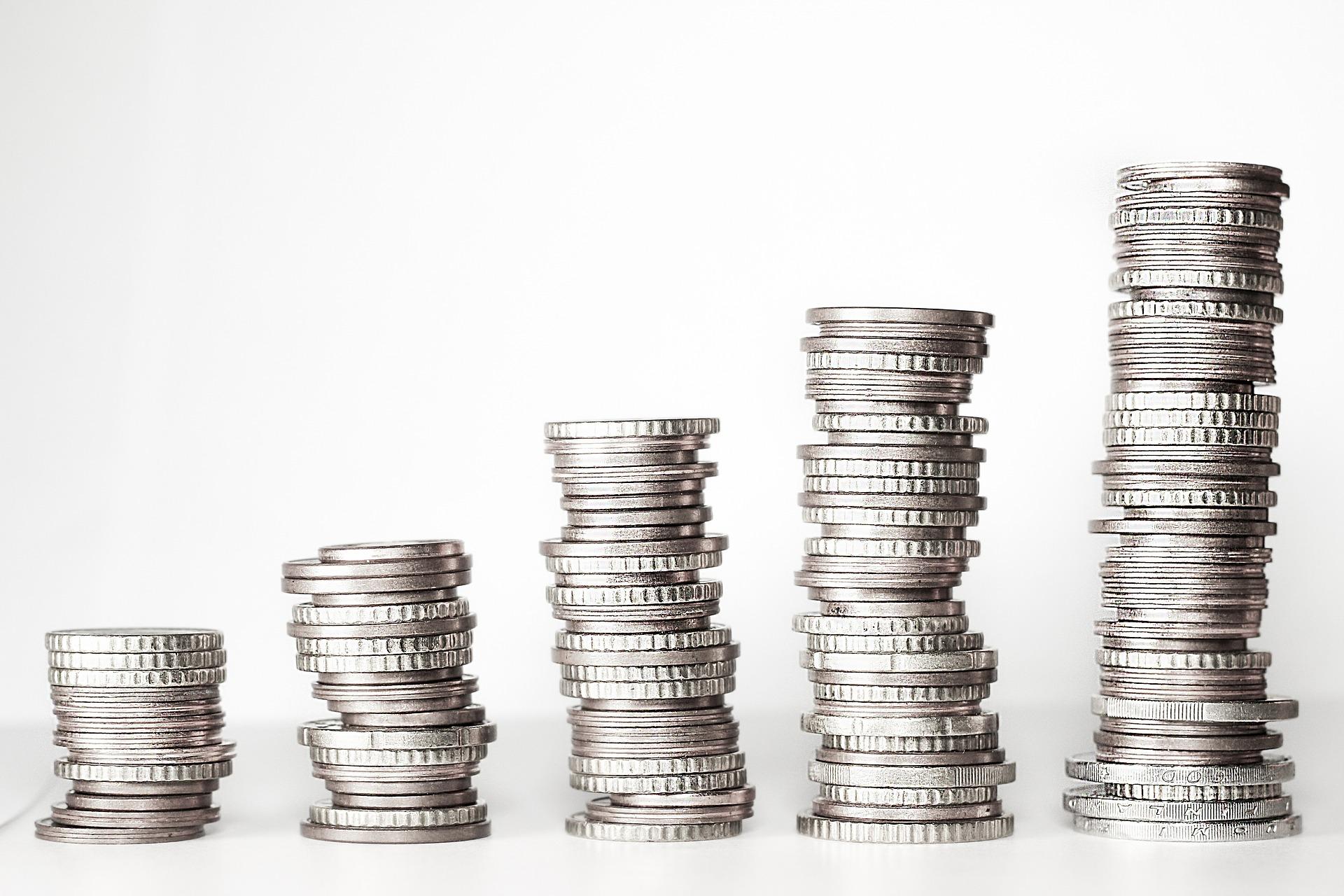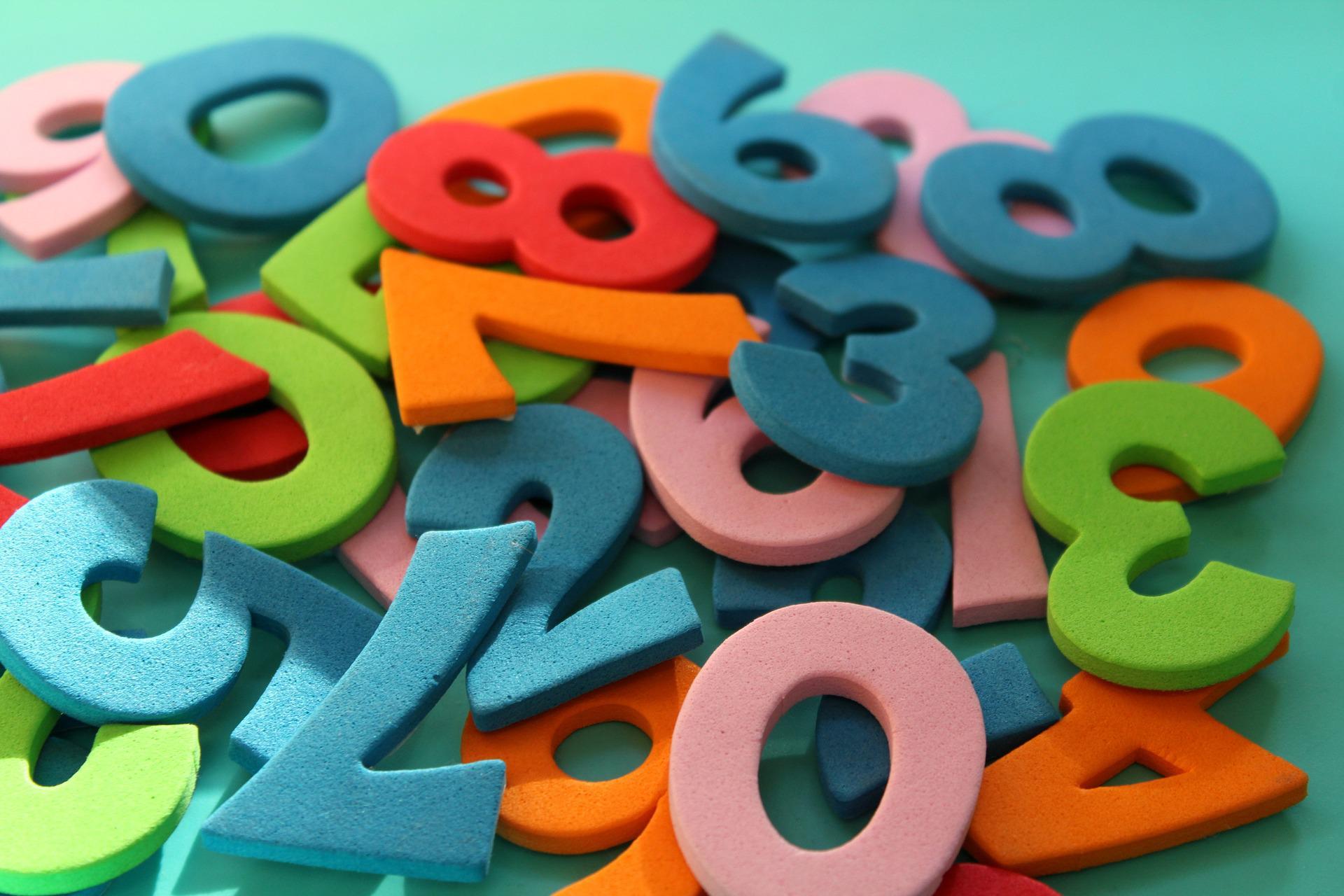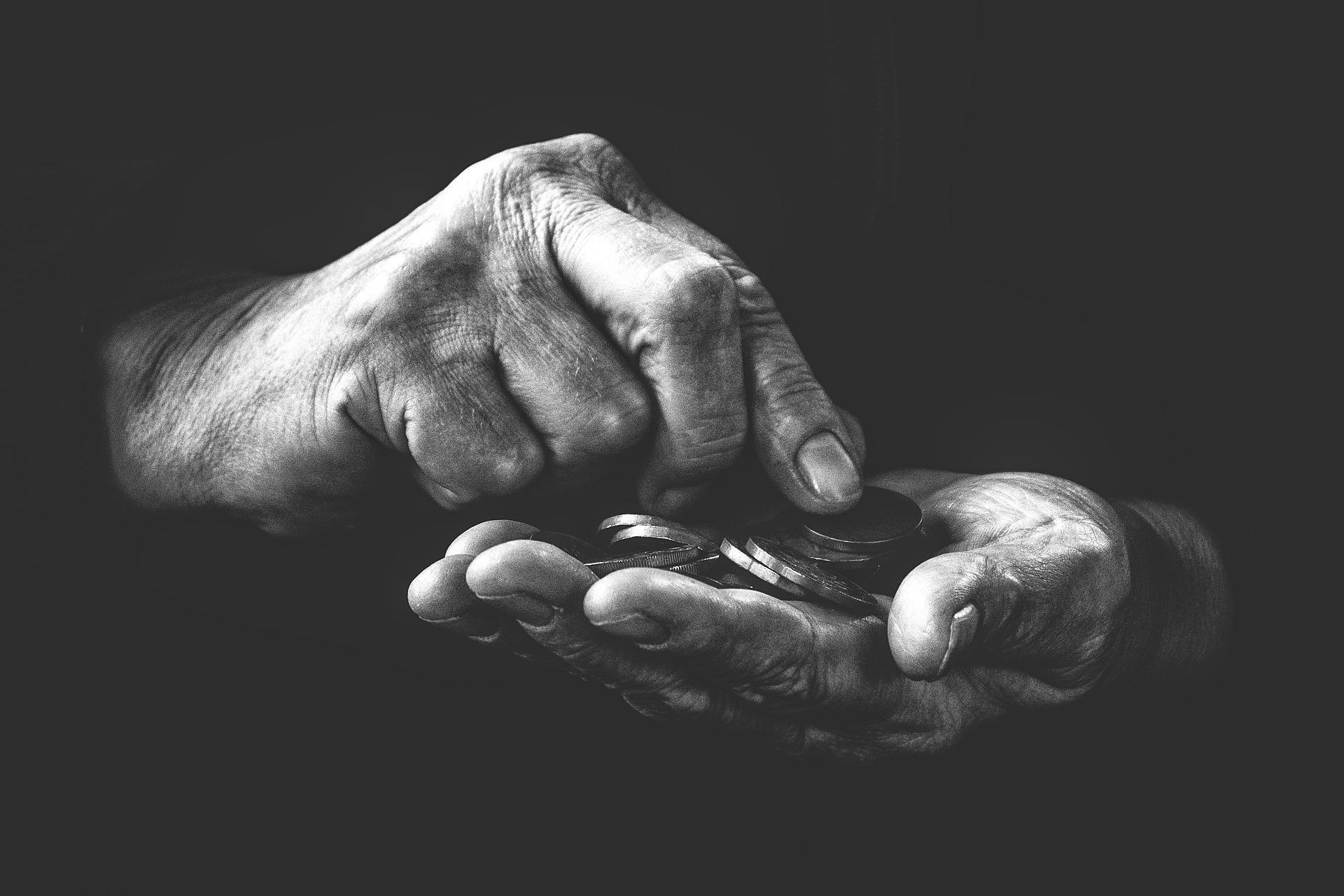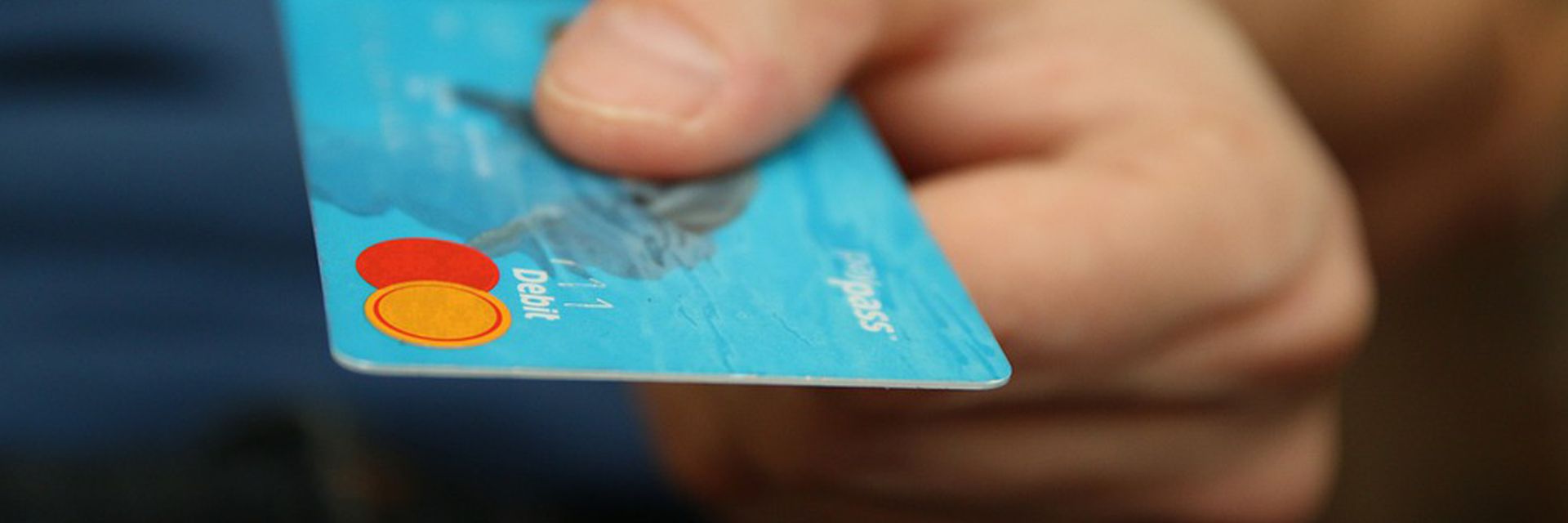You work to pay your bills. Paying your bills keeps a roof over your head and food on your table. But in these days of digital technology, we don’t actually see what comes in and what goes out. So, is money real?
◊
Thousands of years ago, humans apparently realized they needed to cooperate to get what they wanted. Clubbing a fellow hominid over the head for the remains of a meaty meal was an effective way to get food in the short term, but long-term survival required our ancestors to work together. There’s some evidence that early humans were likely more often prey than predator, which suggests coordinated activities were beneficial and so valuable.
We can suppose that initial cooperation eventually led to activities like bartering. Civilizations prospered and sustained themselves through trading goods and services – someone might trade some eggs for a pelt, for example, or help plant crops in exchange for food. Cultures traded from far and wide, exchanging goods like salt, spices, tea, livestock, tools, and weapons.
Back then, “currency” just happened to be whatever object was traded. If you didn’t have what someone wanted, however, the process could be cumbersome. For example, if you had chickens and wanted fish, and the person with fish wanted a cow, you'd have a problem: You’d need to find someone with a cow who wanted chickens to get involved in a three-way deal in order to get your fish. (Sort of like a multi-team trade in the NBA.)
Have we evolved enough biologically to manage money well? Check out Mind over Money on MagellanTV.
What Is Money?
“Money changes everything” —Cyndi Lauper
Scholars don’t know exactly when uniform currency began to replace barter items like fish or chickens, but shells, natural metals, beads, and even dried cacao beans started being exchanged for certain goods and services. This transition was also happening in various places around the globe, in places like Mesopotamia, Asia Minor, Africa, and the Americas. Regardless of what people used to make a transaction – such as paying a debt – it became increasingly clear that currency was value, and value was power. As they say, whoever has the gold makes the rules.

(Source: Kevin Schneider via Pixabay )
Fast forward to today’s emphasis on digital currency. Most of our transactions are basically invisible. Many of us are paid by direct deposit – employers move numbers into our bank accounts. We shop online using our credit card numbers. We send money using bank apps like Venmo and Zelle. It’s increasingly unusual to see metal coins or paper bills or bank checks, though these forms of currency are still around. Plastic bank cards are less ubiquitous than even five years ago. Yet we don’t seem to doubt that all these modes of transferring money are actually happening. Whatever we use, whether it’s goats and spices, coins and paper, or bytes and electricity, we believe money is real. But is it?
Reality and Numbers
“It’s all about the Benjamins” —Puff Daddy
Whether two pigs are valued at four bags of spices, or one Russian ruble is valued at US$0.017, when we’re talking about currency, we’re talking about numbers. The question about the reality of money is a question about the reality of numbers, of quantification, of measurement. But what sort of reality are we talking about?
When most of us think about reality, we think of something physical, tangible, or concrete. We can pet the goat, eat the spices, count out the coins. That’s all real enough. Even the electricity that powers digital money is something physical, i.e., the flow of electrons. But numbers? Maybe, maybe not.
We can’t touch numbers. We can’t see, smell, hear, or taste them, either. They’re not physical things. You can’t stuff a bunch of digits under your mattress, even if you are old school and keep a stash of Benjamins. So, how do we make sense of numbers? Are they simply abstractions from physical things? One way to do so is to think about them as figures or symbols that denote ideas. They’re not real in that they’re non-sensible; they’re dependent on minds that think them.
Nominalism is the view that only particular things exist; universals and abstract objects don’t exist. So, for example, you can have five dogs, but it’s not the case that the number five is real.
But hang on! If numbers are just ideas, who’s to say that your idea of 25 is the same as mine? And what about numbers no one is thinking? Does that mean they don’t exist until someone thinks them? This sounds like numbers are just … imaginary, something made up, like other mind-dependent entities. (Sorry, Sasquatch.)
Indeed, that’s another way to think about the existence of numbers – they’re just fictions like elves and fairies and yetis. If so, we’re left with a knotty problem, namely the fact that mathematical statements must be false. Think about it this way: “Werewolves are scary creatures” is a false statement; there aren’t any werewolves. So, if numbers are fictions, “2+3=5” is also false, which is impossible!
Watch Nigel Latta examine the psychology behind our relationship with money in the MagellanTV series Mind Over Money.
Plato’s Wacky (but Compelling) Take on Numbers
“Money can drive some people out of their minds” —The O’Jays
Don’t worry, Plato gives us a useful way to think about numbers. Long before the O’Jays’ 1974 dance hit, Plato argued that an immaterial realm of (equally immaterial) objects exist as blueprints or templates for particular things.
These timeless, changeless realities, which exist independently of our minds, and independently of space and time, and independently of any matter, explain how we can recognize that, say, Chihuahuas and great Danes are both dogs. The Form, Dog, makes each individual dog possible. Numbers are similarly real. Consider, for example, the formula for the area of a square.
Philosophers and mathematicians have long argued over the existence of numbers. Some think the universe is fundamentally mathematical, while others argue that numbers are constructs of our consciousness.
More, numbers are objectively real in that they exist independently of any mind that happens to think of a figure. So, the number 25 is real – it exists. It’s just not a physical object. It is, however, an abstract object we grasp by reason. That’s how we recognize a dog when we see one (or two, or three…).
As peculiar as Plato’s thought might seem to some, it’s reasonable. Think about it this way: Suppose someone asks me how many dogs I have. “Four and a quarter,” I answer with a grin. “What? There is no such thing as a one-quarter dog!” the person retorts. “Well,” I respond, “I have four large dogs and one small dog, who is about one-quarter the size of the others. Hence, ‘four and a quarter.’”

(Source: Alicja, via Pixabay)
Regardless of who’s right, the numbers expressed by “four and a quarter,” or “five” really do describe properties of the physical objects in question. In this way of thinking about things, mathematical objects are real. If that’s so, and if numbers are eternal but biological things aren’t, does that make numbers (and money) more real than humans?
Money and Greed
“She take my money when I’m in need” —Kanye West
Maybe this isn’t the sort of reality you have in mind when you think about the reality of money. (Sorry, Plato.) Money doesn’t feel real, for example, when there’s a whole lot of it. Consider how hard it is to wrap your head around staggering wealth. According to one 2018 account, for example, Jeff Bezos makes $87,500 per minute, every day (and that number would have increased dramatically by now if he hadn’t gotten divorced). It’s also pretty hard to think about negative numbers, particularly when we’re talking about being “in the red.”
Mind-boggling though Bezos’s fortune may be, a bigger reality problem is with a mismatch between the numbers that represent astonishing wealth and the value of the work that went into accruing it. Money feels real when we put in our time at work and see the numbers in the bank account. But lots of working folks might see Bezos’s wealth – or anyone else’s, for that matter – as unjustified.

(Source: Frantisek Krejci, via Pixabay)
Those same people, however, would not likely turn their noses up at gaining such wealth. Consider Dire Straits’ resentful wage worker, who both criticizes and envies the apparent ease with which rock stars gather up their cash and other perks: “That ain’t working / That’s the way you do it / Money for nothin’ and your chicks for free.”
Those “chicks” have lived under social restrictions rendering women largely dependent on men for centuries. If you are a younger woman with several credit cards in your wallet, you might find it hard to believe, for example, that a woman in the United States could not get credit in her own name until 1974. This dependency contributed to the idea that a wealthy man was more attractive and, well, more valuable as a mate than the ordinary working stiff.
In a peculiar way, then, money not only reflects what we value, but also determines it. “Marrying well” used to be a common term for women who hooked up with the right “catch.” It’s no wonder that songs like Madonna’s “Material Girl,” and Gwen Guthrie’s “Ain’t Nothin Goin on But the Rent,” were popular in the 1980s.
Money and Value
“She works hard for the money” —Donna Summers
The way that money reflects what we value comes in for serious scrutiny when we think about inequalities such as the fact that, as of 2020, a woman worked just as hard as a man for 83 pennies on his dollar. Disaggregating to drill down on what Black women earned, the reality of how money represents our values is bleaker. According to the U.S. Department of Labor blog, “Black women earn 63 cents for every dollar earned by white, non-Hispanic men.”
But we also think money is a sort of moral cudgel. Consider the defamation lawsuits brought against Alex Jones by parents of children murdered at Sandy Hook Elementary School in 2012. Money, in this case, is a proxy for moral responsibility. Those who don’t care about truth can at least be forced to pay attention to what their carelessness costs in dollars.
Clearly, we have a fraught relationship with the reality of money. And remember, money quantifies value and often determines value. Remember the 9/11 fund? The U.S. Congress created the Victims Compensation Fund within days of the 2001 terrorist attacks on New York City and Washington, D.C. The program was designed to provide financial compensation to people such as first responders and victims’ families.
Kenneth Feinberg, the attorney appointed as Special Master of the fund, developed a rubric for financial compensation. From a purely practical point of view, the system made sense, but some found the thought of quantifying a life annihilated by a terrorist attack appalling.
Kenneth Feinberg never took a penny for the work he did.
Human life and intangibles like love and happiness are thought to be incalculable, and yet, we directly and indirectly quantify our lives every day. The grocery store. The housing market. Health insurance. Credit ratings. Clothing. The electricity bill. As we’ve seen, in some important senses, numbers express value.
Value expressed in the quantitative terms of money is typically a marriage of wealth and power. We might ask whether or not the reality of numbers makes a difference, practically speaking, to how we think about currency. Indeed, the reality of money might make sense only in a continually developing social context. Until society comes to value women in the same dollar amounts as men, maybe we should heed Pink Floyd’s admonishment to “keep your hands off my stack.”
Ω
Mia Wood is a professor of philosophy at Pierce College in Woodland Hills, California, and an adjunct instructor at various institutions in Massachusetts and Rhode Island. She is also a freelance writer interested in the intersection of philosophy and everything else. She lives in Little Compton, Rhode Island.
Title image courtesy of Michal Jarmoluk, via Pixabay

